‘The Force’ Misses an Opportunity to Break Down Institutional Police Walls
This fly-on-the-wall documentary from filmmaker Peter Nicks offers surprisingly little insight into the Oakland Police Department.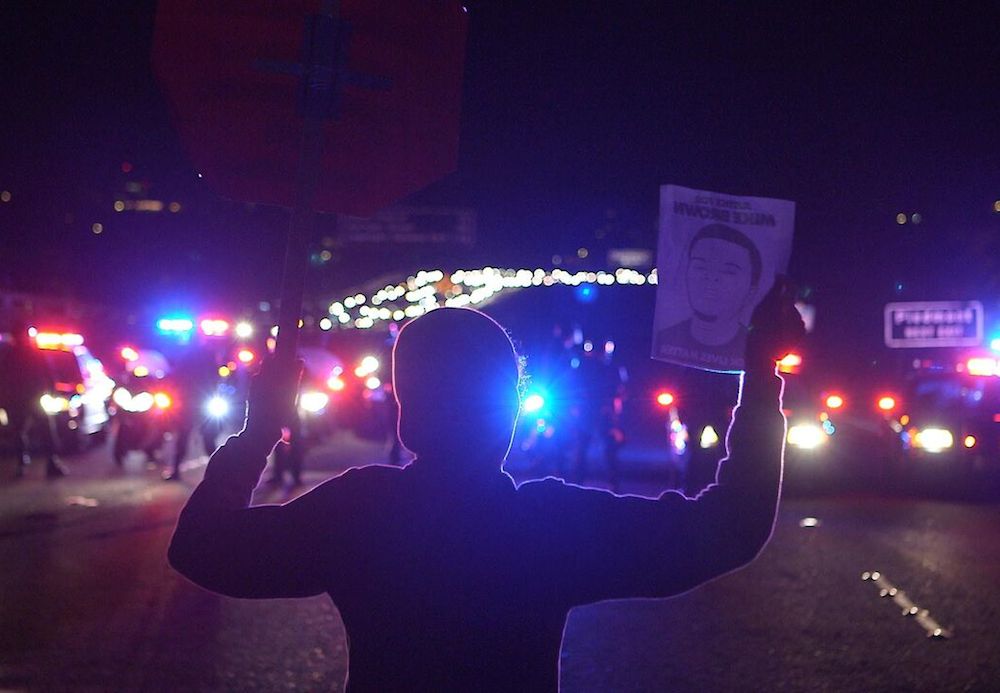 A still from Peter Nicks' "The Force." (Kino Lobber)
A still from Peter Nicks' "The Force." (Kino Lobber)
In 2003, the case of Delphine Allen et al. v. City of Oakland was settled with $10.9 million worth of payouts going to 119 plaintiffs who suffered civil rights abuses at the hands of the Oakland Police Department. The settlement also required the department to undergo a series of reforms stemming from a federal consent decree and oversight.
By the time filmmaker Peter Nicks made “The Force,” his 2017 Sundance Award-winning documentary on the department, it was still under federal oversight. He began filming in November 2014, just as the grand jury decision not to indict Darren Wilson in the shooting death of Michael Brown in Ferguson, Mo., resulted in demonstrations nationwide, including Oakland. For two years, Nicks followed cops, spending six months filming at the academy, in training and on the beat. The result is a fly-on-the-wall documentary that offers surprisingly little insight.
Sean Whent was appointed interim police chief in May 2013. A year later, his position became permanent, allowing him to oversee a department that was beginning to show real strides toward reform. According to Nicks, after averaging eight officer-involved shootings per year, there had been none in the past 20 months, and complaints about police misconduct were cut in half over three years.
When Nicks catches up with Whent, he is mid-lecture at the police academy. “We don’t have a blue wall of silence here,” he tells a roomful of young recruits, emphasizing duty first to the community and then to each other. A tall, mild-mannered man, he seems earnestly devoted to serving, and graciously hears a civilian complaint about police response time to a house robbery. They are doing their best, he explains. The department is overextended and must prioritize violent crime. “Your best ain’t good enough,” the civilian responds. “That’s not gonna bring my stuff back!” In the exchange, Whent, who readily admits he has no answer, seems earnestly empathetic.
In one sequence, recruits view a clip of dashcam footage showing an officer shooting in Modesto, Calif. The victim pulls into his driveway and gets out of his car. The officer fires 13 rounds at close range, hitting him 10 times. Later, we learn he was armed only with a knife.
The recruits discuss whether the shooting was overkill, with some arguing it was justified, underscoring the apparently prevalent idea in law enforcement that any likelihood of mortal danger, no matter how small, should be perceived as probable. Such thinking leads to hair-trigger responses and unnecessary loss of life, which is too commonly validated by grand juries, thereby sustaining the problem’s root cause. If reform efforts are serious, this might be a good place to start.
The discussion the clip captures is the first time the movie reveals anything of interest about what is going on at OPD. Nicks’ choice to not do interviews inadvertently functions as a wall between audience and subject. We see Whent addressing officers in an institutional environment, speaking in an institutional manner, revealing very little. We watch scattered footage of police on the beat, and are sometimes shown body camera footage of arrests, but are seldom given the full picture because Nicks never engages.
Frederick Wiseman used the technique to great effect in such movies as “Titicut Follies,” which looked at inhumane treatment of the mentally ill at the Massachusetts Correctional Institution. Nicks himself emulated that success with his previous movie, “The Waiting Room,” set in an emergency room at an Oakland hospital, a slice-of-life look at a broken health care system. But the decision to not ask questions borders on derelict when spotlighting an organization like the Oakland Police Department, which has so much explaining to do.
If he’s a fly on the wall, the whole department sure as hell knows he’s there, which is why his access runs out when the next scandal breaks, and the movie suddenly relies heavily on news conference footage. At the center of the scandal is a woman who goes by the name of Jasmine and was a minor when she began servicing policemen as a prostitute.
When the story became public in 2015, more than 16 Oakland cops were involved, as well as seven Bay Area law enforcement agencies. It led to the immediate resignation of Whent, whom Nicks implies was forced out based on a 2017 federal report criticizing him for not investigating the scandal, which he rightly guessed would derail reform efforts should it come to light. As for Jasmine, she was awarded just under $1 million earlier this year.
In the scandal’s wake came a clown car of interim police chiefs, three over nine days, and a visibly frustrated Mayor Libby Schaaf decrying the “toxic male culture” of the OPD, an important aspect of the story that eluded Nicks’ camera. “The Force” arrives at a time when policing is at a crossroads. While such recent documentaries as “Whose Streets?” and “Strong Island” explore the subject from the outside, Nicks shrewdly takes his camera behind police lines and ultimately comes out wiser, but only by a little.
Your support matters…Independent journalism is under threat and overshadowed by heavily funded mainstream media.
You can help level the playing field. Become a member.
Your tax-deductible contribution keeps us digging beneath the headlines to give you thought-provoking, investigative reporting and analysis that unearths what's really happening- without compromise.
Give today to support our courageous, independent journalists.

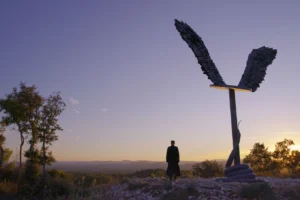
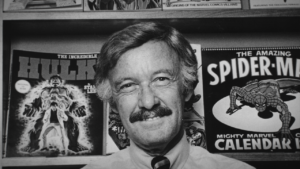
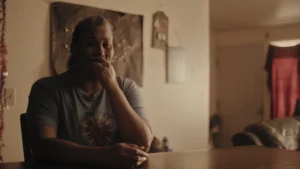

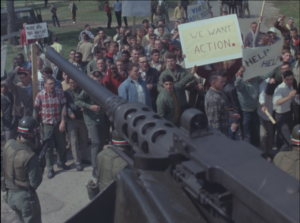
You need to be a supporter to comment.
There are currently no responses to this article.
Be the first to respond.